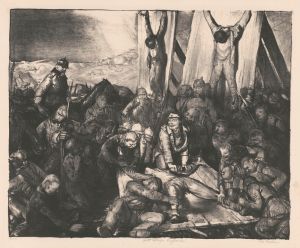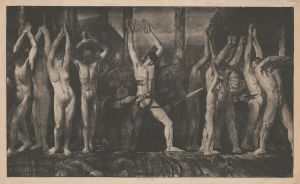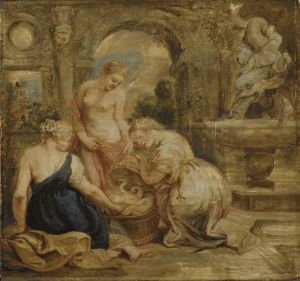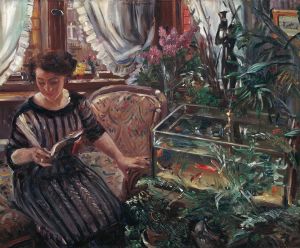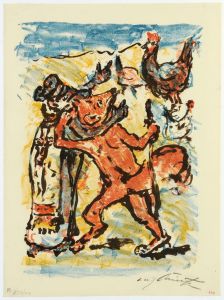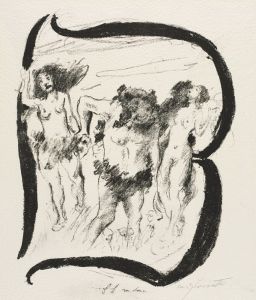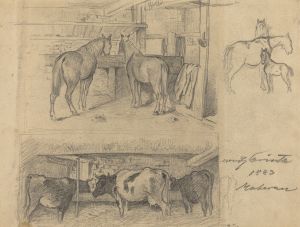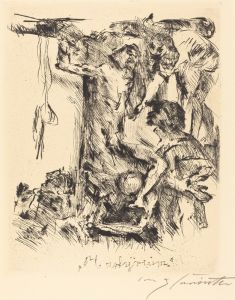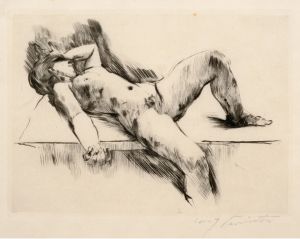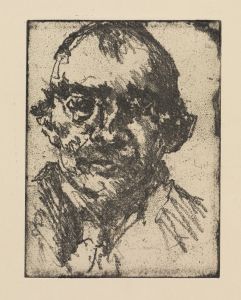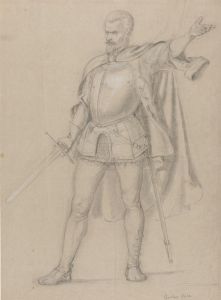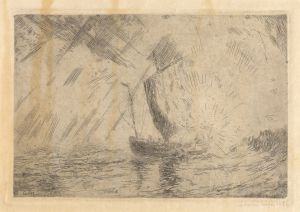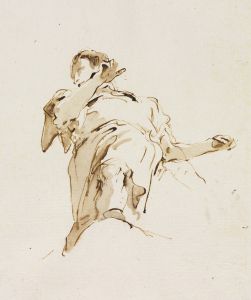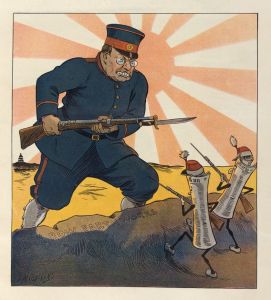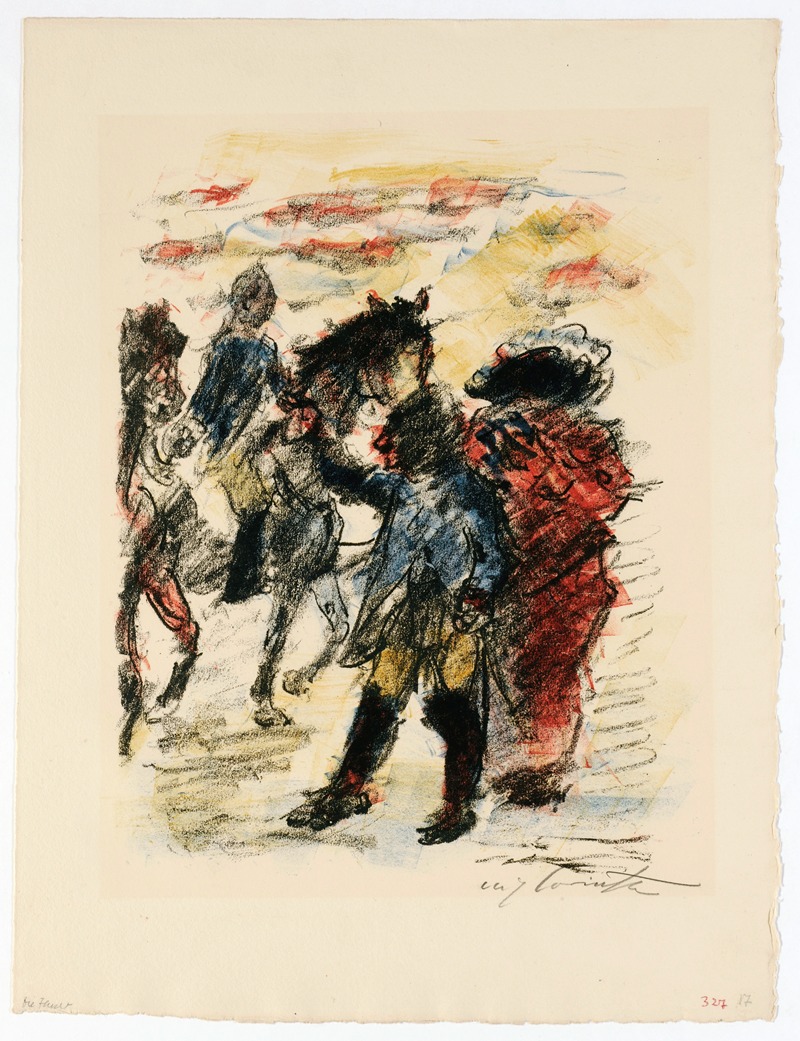
Die Vereitelte Flucht
A hand-painted replica of Lovis Corinth’s masterpiece Die Vereitelte Flucht, meticulously crafted by professional artists to capture the true essence of the original. Each piece is created with museum-quality canvas and rare mineral pigments, carefully painted by experienced artists with delicate brushstrokes and rich, layered colors to perfectly recreate the texture of the original artwork. Unlike machine-printed reproductions, this hand-painted version brings the painting to life, infused with the artist’s emotions and skill in every stroke. Whether for personal collection or home decoration, it instantly elevates the artistic atmosphere of any space.
Lovis Corinth was a prominent German painter and printmaker whose work bridged the transition from Impressionism to Expressionism in the late 19th and early 20th centuries. One of his notable works is "Die Vereitelte Flucht" (The Foiled Escape), which showcases his distinctive style and thematic interests.
"Die Vereitelte Flucht" was painted in 1904, during a period when Corinth was exploring complex emotional and psychological themes through his art. This painting is a vivid example of his ability to convey intense emotion and drama. Corinth's work often focused on the human condition, exploring themes of struggle, conflict, and the darker aspects of life, and "Die Vereitelte Flucht" is no exception.
The painting depicts a dramatic scene, capturing a moment of tension and thwarted movement. Corinth's use of color and brushwork is particularly noteworthy in this piece. His palette is rich and varied, employing deep, emotive colors that enhance the painting's dramatic impact. The brushwork is vigorous and expressive, a hallmark of Corinth's style, which often involved dynamic and bold strokes that conveyed a sense of immediacy and energy.
Corinth's technique in "Die Vereitelte Flucht" reflects his mastery of both Impressionist and Expressionist elements. While the composition and use of light show the influence of Impressionism, the emotional intensity and the focus on psychological depth align more closely with Expressionism. This blend of styles is characteristic of Corinth's work during this period, as he sought to capture not just the external appearance of his subjects but also their inner experiences and emotions.
The subject matter of "Die Vereitelte Flucht" is open to interpretation, as is often the case with Corinth's work. However, the title itself suggests a narrative of escape that has been prevented or interrupted. This theme of thwarted escape can be seen as a metaphor for broader existential struggles, a common motif in Corinth's oeuvre. His interest in such themes was likely influenced by his own life experiences and the broader socio-political context of the time, although the painting itself does not explicitly reference specific events or figures.
Lovis Corinth's contribution to art is significant, as he played a crucial role in the development of modern art in Germany. His works, including "Die Vereitelte Flucht," are celebrated for their technical skill, emotional depth, and innovative blending of artistic styles. Corinth's legacy is preserved in numerous collections and exhibitions worldwide, and his influence can be seen in the works of subsequent generations of artists.
In summary, "Die Vereitelte Flucht" is a compelling example of Lovis Corinth's artistic vision and technical prowess. The painting's dramatic composition, expressive brushwork, and rich color palette combine to create a powerful visual narrative that continues to engage and intrigue viewers.





